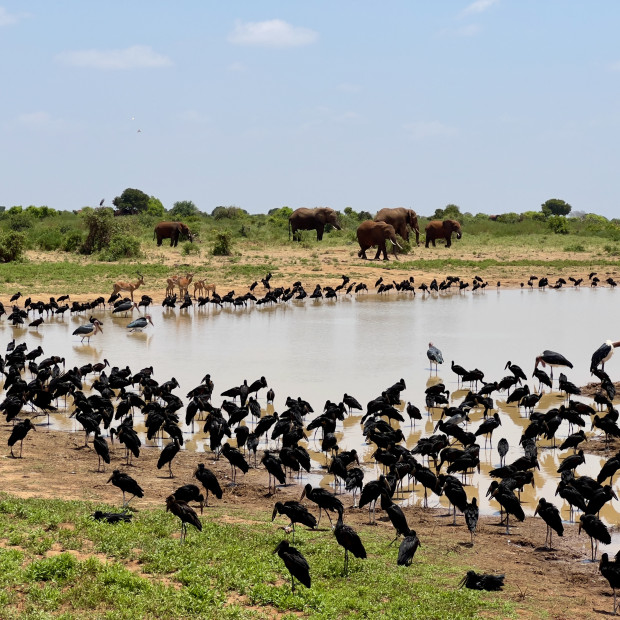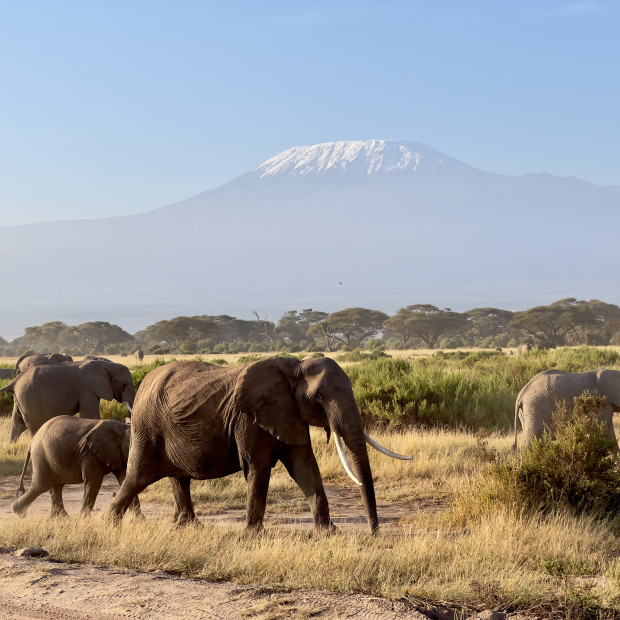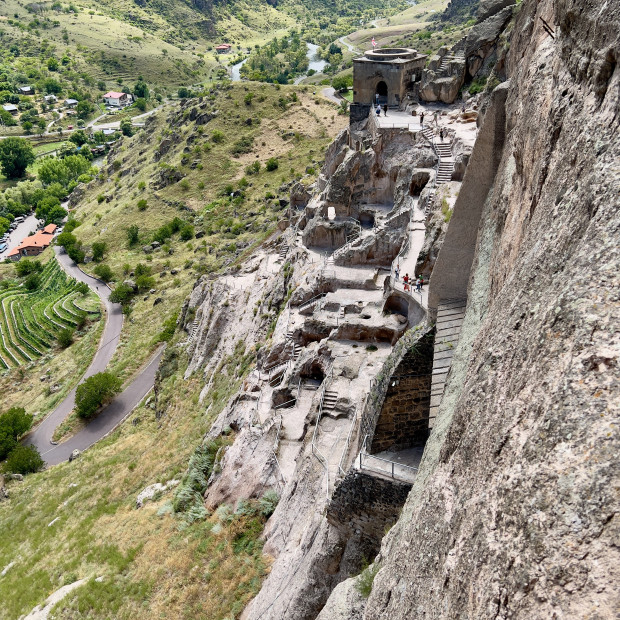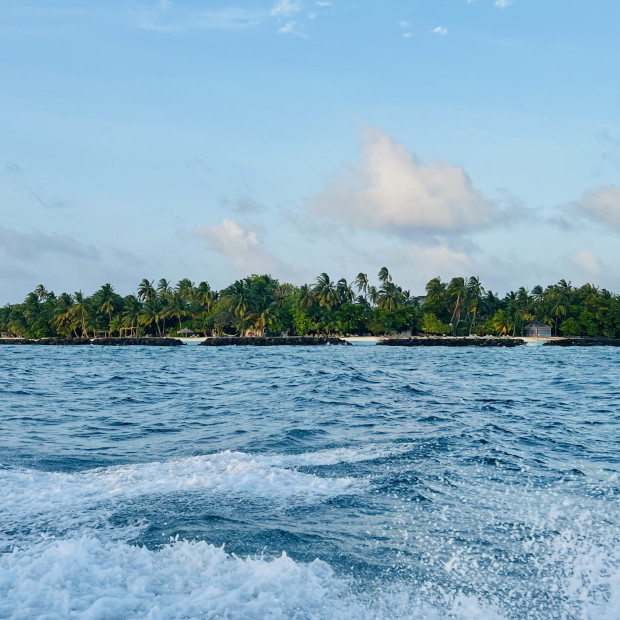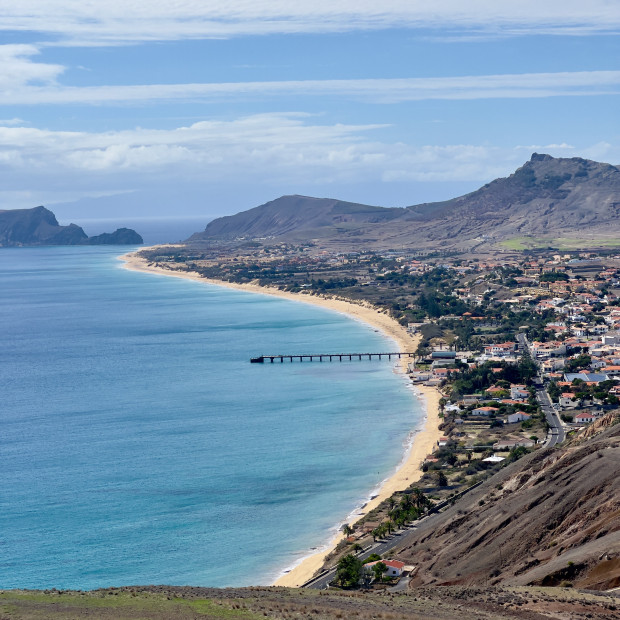About this place
Elephants of Amboseli National Park
Amboseli National Park, located in southern Kenya near the Tanzanian border, is renowned worldwide as one of the best places to observe African elephants in their natural habitat. Spanning approximately 392 square kilometers, the park hosts one of the most studied elephant populations in the world.
The elephant population in Amboseli fluctuates between 1,200 and 1,500 individuals, comprising several family groups that have been continuously monitored since 1972 by the Amboseli Elephant Research Project. This research program, established by Dr. Cynthia Moss, has documented the life histories of more than 3,000 elephants over multiple generations, creating one of the most comprehensive long-term studies of wild elephants ever conducted.
What makes Amboseli particularly ideal for elephant observation is its unique landscape. The park features a mix of swamps fed by underground springs from the melting snow of Mount Kilimanjaro, open plains, and acacia woodlands. This diverse habitat provides both food and water sources crucial for the elephants' survival. During dry seasons, when water becomes scarce elsewhere, Amboseli's permanent swamps become essential gathering points for elephants.
The elephants of Amboseli are known for their impressive tusks, though decades of poaching across Africa have affected tusk sizes. Conservation efforts within the park have helped protect these elephants from the worst of the ivory poaching crises that have devastated elephant populations elsewhere in Africa.
The park's proximity to Mount Kilimanjaro creates a stunning backdrop for wildlife viewing. On clear days, elephants can be photographed with Africa's highest mountain rising majestically behind them, creating one of the most iconic wildlife images from the continent.
Amboseli elephants live in matriarchal family units led by experienced female elephants. These family groups typically consist of related females and their offspring, while adult males generally leave to form bachelor groups or roam independently. The complex social structures and behaviors of these elephants have provided valuable insights into elephant intelligence, communication, and social bonds.
Climate change poses a significant threat to this elephant population, as Mount Kilimanjaro's glaciers—which feed the underground springs that maintain Amboseli's wetlands—continue to shrink rapidly. Additionally, human-wildlife conflict along the park's boundaries remains an ongoing challenge as human populations and agricultural activities expand into traditional elephant ranges.
Visitors to Amboseli can observe these magnificent animals engaging in various natural behaviors, from feeding on acacia trees and bathing in swamps to the intricate social interactions between family members. The park's relatively small size and open landscape make wildlife viewing particularly accessible, with elephants often visible from considerable distances across the plains.

